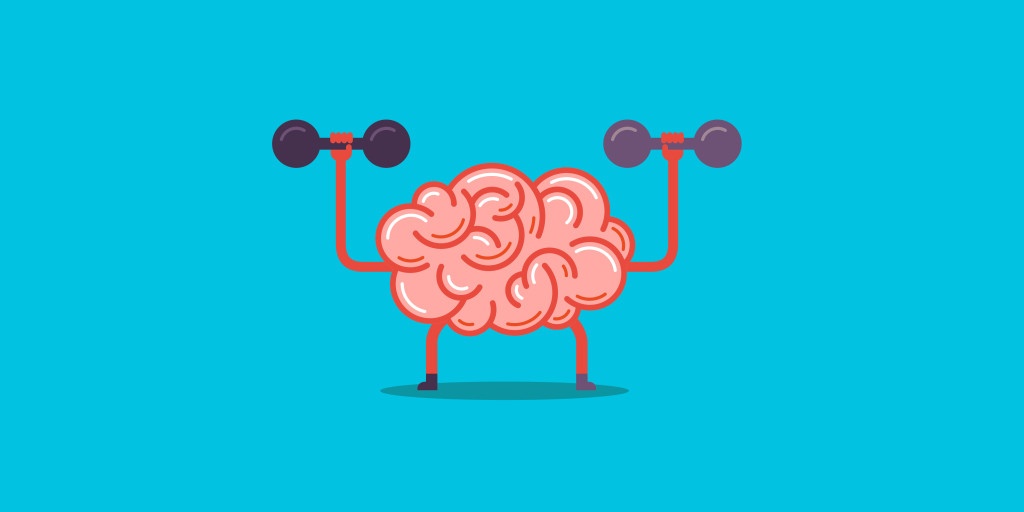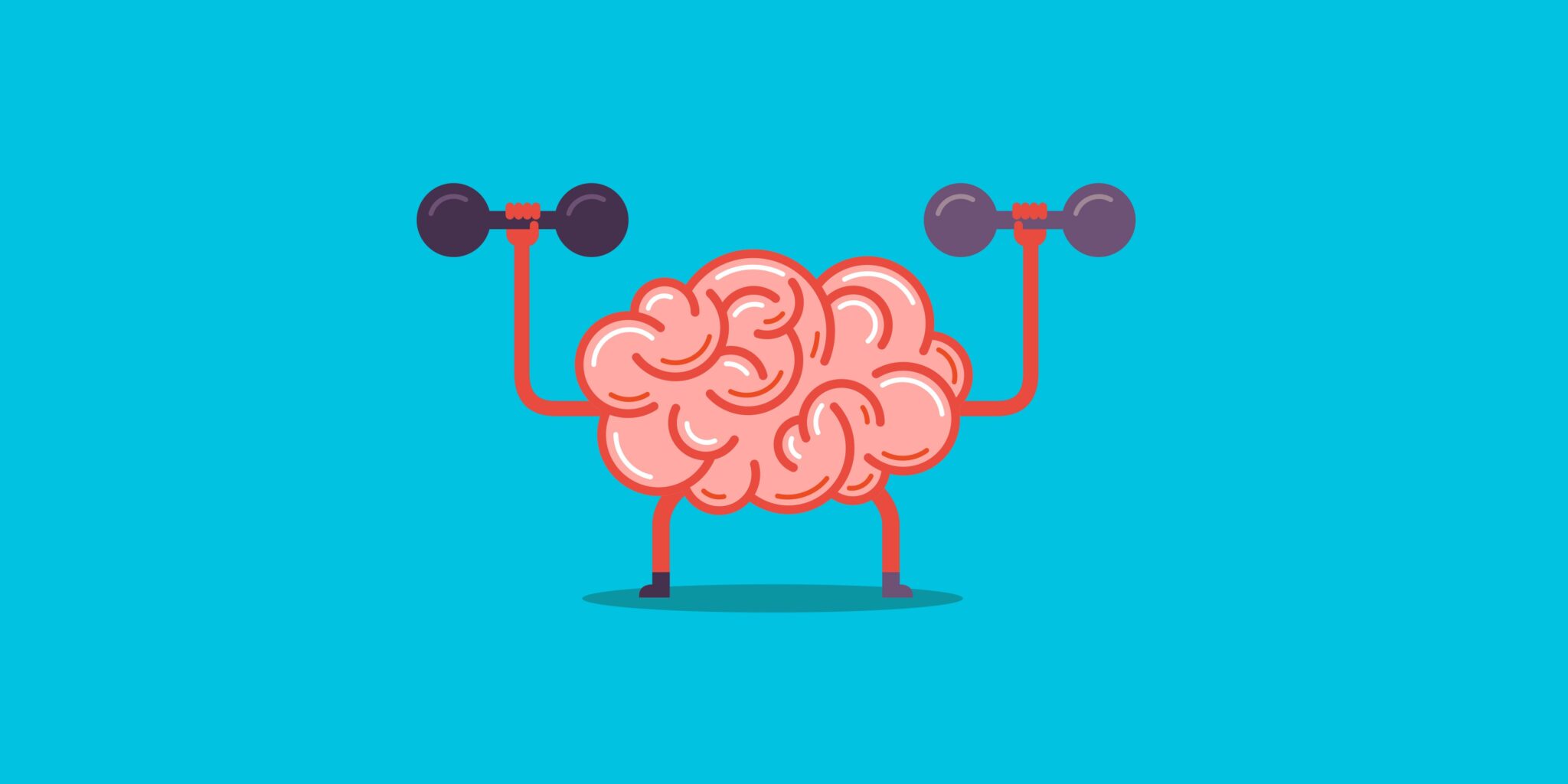
Humans have a self-destructive love for quick fixes. Is this you? You don’t spend time developing systems (snooze), but you do read “53749 tips to boost your productivity” articles. It makes sense; you want to throw as much stuff at the wall and be pleased if anything sticks.
Instead of reading tips lifted from other people’s personal experiences, there’s something more sustainable you can start right now, and it’s not just a hack. Here are some of the key things to understand about how your brain works, so you can start working with it, not against it.
You Have A Magic Number (7 ± 2)
Picture this: you’re worrying about leaving the door unlocked when you walk to the store because you’re already trying to remember the shopping list, your urgent tasks, and the name of that song stuck in your head. Sound familiar?
As Getting Things Done author and productivity master David Allen puts it, ”People say, ‘I’ll do that,’ but they don’t write it down, and it goes into a black hole. That would be fine if it were just one thing, but it’s hundreds of things … Your head is for having ideas, not holding them.”
In fact, the magic number of items you can hold in working memory is 7 ± 2. And unfortunately, your brain isn’t great at determining which pieces of information are the most vital (no offense). You could have 5 to-do list items pushed out of your head by 5 inconsequential thoughts.
Get into the habit of writing down everything that’s on your mind. Use an Evernote notebook or WorkFlowy list called ‘daily brain dump’ where you can note down anything that has popped into your head. At first, the mechanics of this may be hard to grasp: which things should you write down for this tactic to be effective, or how long should you spend doing it, and what’s ‘acceptable’ to write?
You don’t need to write a detailed captain’s log. Writing about 10–20 bullet points in 5 minutes about everything from what you’ve done today, what needs doing, and fleeting, nonsense-thoughts that pass by are all noteworthy. It helps you know what needs doing and manage your tasks properly.
Your Brain Likes Multitasking, But Your To-Do List Hates It
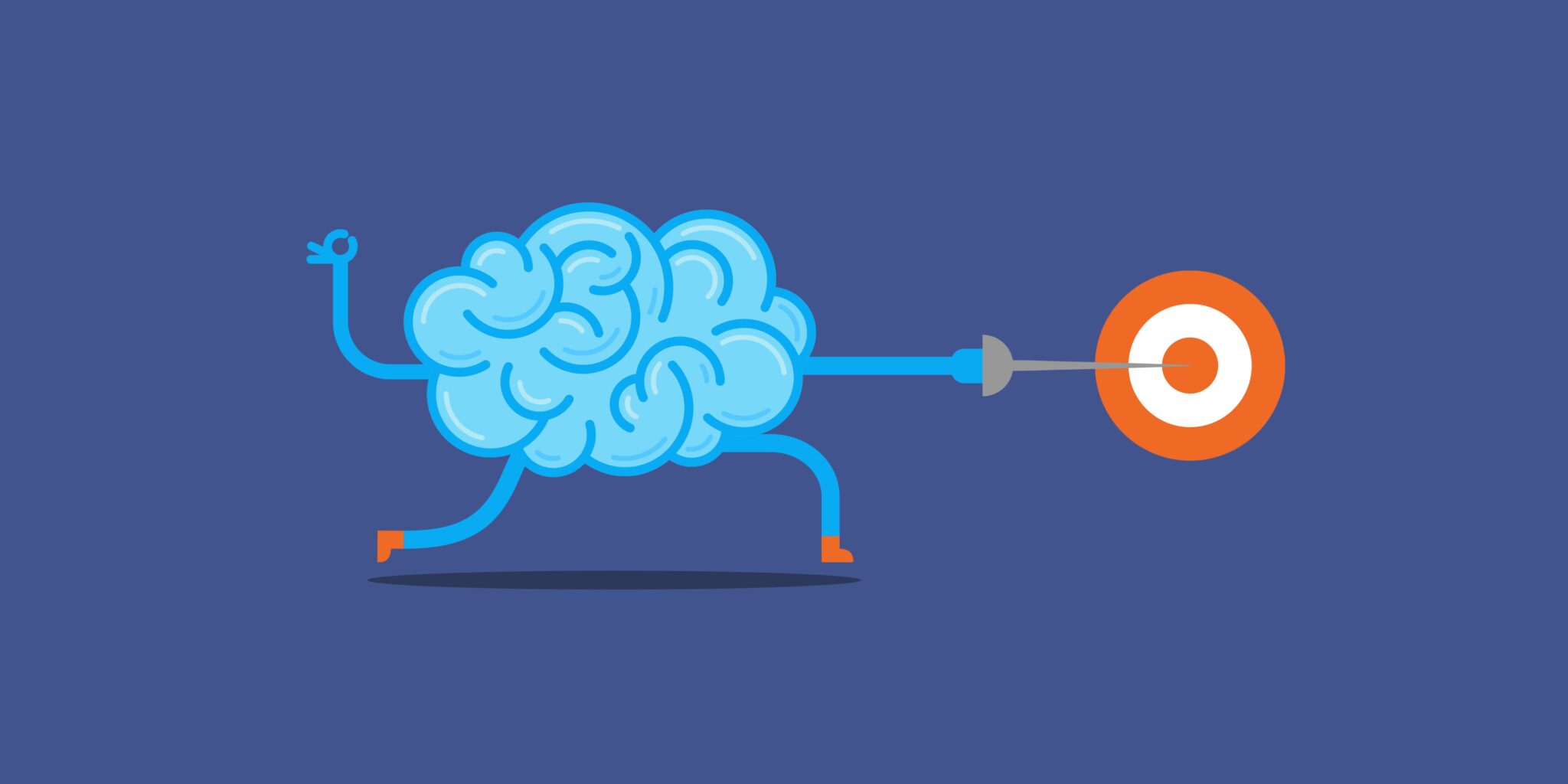
According to a study conducted by the Ohio State University, multitasking gives your brain the illusion that you’re getting things done, when in reality you just have a lot more on your plate.
As Zheng Wang, lead researcher and author of the study, states, “[people] seem to be misperceiving the positive feelings they get from multitasking. They are not being more productive – they just feel more emotionally satisfied from their work.”
Wang also says that multitasking is a formed habit, something that can be strengthened over time and beaten by replacing it with constructive behavior.
Instead of accepting your erratic task-switching as a time when you’re ‘going to be unproductive anyway,’ find something to distract the buzzing part of your brain that needs constant gratification. Perhaps it is listening to a certain type of music, moving to work in a cafe for an hour, or going to make a cup of tea.
Energy Vs. Time
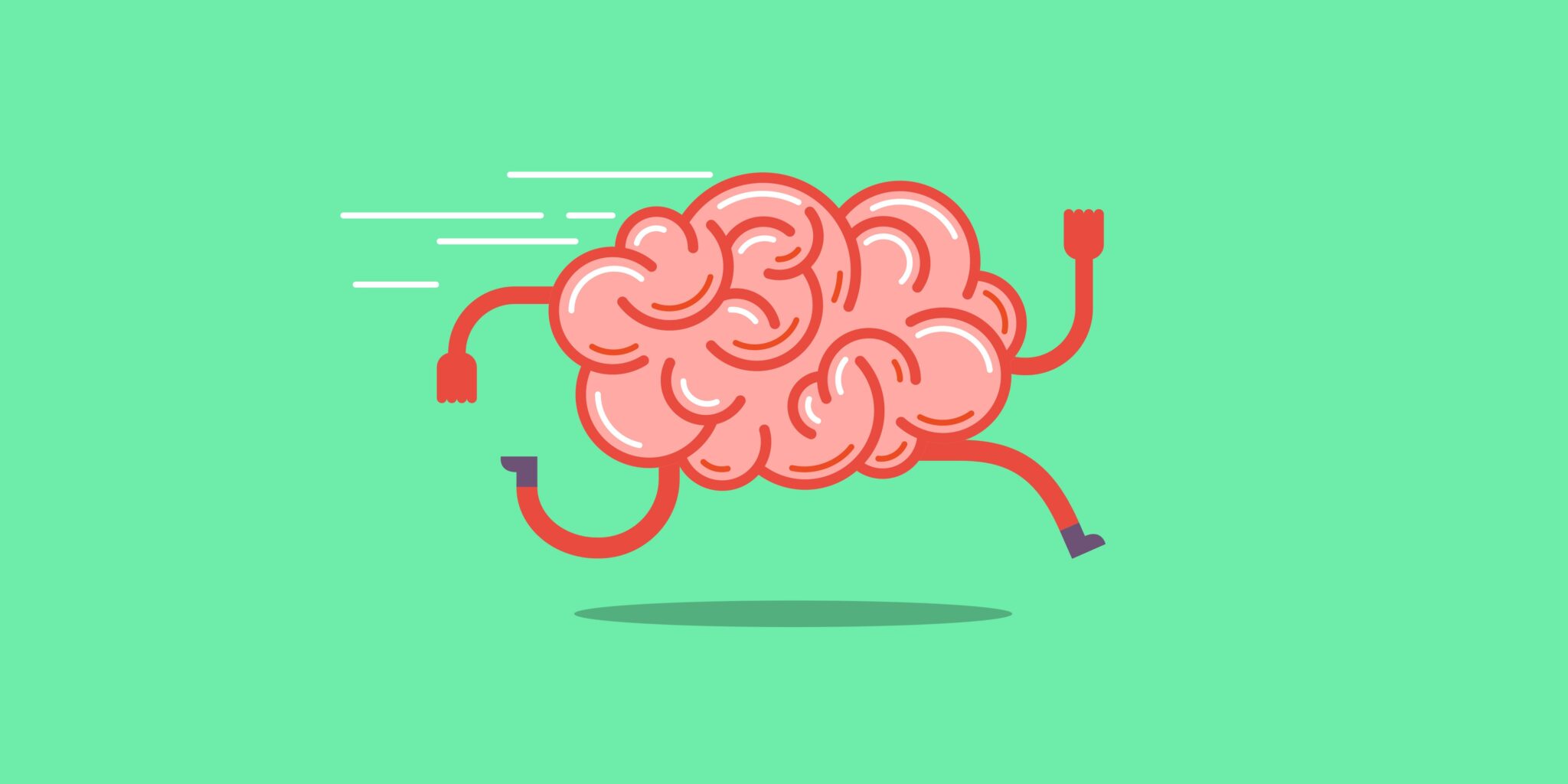
When you start to document your productivity (and lack thereof) you will discover something peculiar. The urge to start flicking between tasks often comes at predictable times.
According to Ultradian rhythm theory, it’s possible to map your body’s energy levels by the clock. In the same way you cycle through REM and non-REM sleep, you also cycle through periods of high and low focus — productivity and exhaustion.

Similar to REM cycles, the most effective times for getting stuff done come every 90 minutes, with 20 minutes in between.
For more on this, Yulia Yaganova’s article on finding your most productive hours outlines a true science-based productivity strategy, not an empty hear-say hack.
Program yourself to notice when your productivity is dropping, and take a 20 minute break. According to productivity author Tony Schwartz, you should “intermittently rate the quantity and quality of your energy.” If you’d rate yourself at 5 or less, the best option is to take a break.
Get A Status Update On Your Sleep
REM sleep is the most valuable kind of sleep, and you only get around 4 or 5 cycles per night. Unless you’re tracking your REM sleep or punishing yourself with a brutal alarm, you’ll happily sleep for several cycles longer than necessary, which can be awful for productivity.
In a Time interview with acclaimed sleep researcher Daniel Kripke, he says “sleeping 8.5 hr. might really be a little worse than sleeping for 5 hours.”
Without tracking your REM cycles, you’ll wake up late and feeling disheartened to have wasted the day, not to mention sluggish from oversleeping. It’s easier (and healthier than the obnoxious alarm) to start tracking your sleeping patterns and ensuring you wake up at the end of a full REM cycle, not somewhere in the middle.
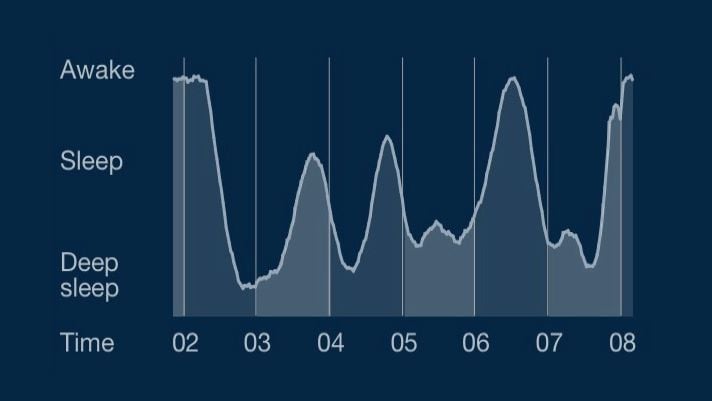
If you find you always feel tired when you wake up, your alarm is probably set to go off in the middle of a REM cycle. Using a sleep tracking alarm like Sleep Cycle can help you find out the ideal time to wake up in less than a week. It works by not setting a concrete waking-up time, but an upper and lower boundary. For example, if you set the alarm for 6:45, it’s actually set to go off any time between 6:15 and 6:45, at a time when you’re ready.
Figure Out Your Own Systems
There are no quick fixes for starting a project, waking up earlier, or feeling more motivated.
If you want to rewire your brain to instantly get “3000% more work done,” you are going to spend the same time fooling yourself as you could spend on self-awareness, monitoring focus, and working out the most productive hours in your day.
After all, your brain isn’t a computer that can be hacked, however it can be programmed.










































